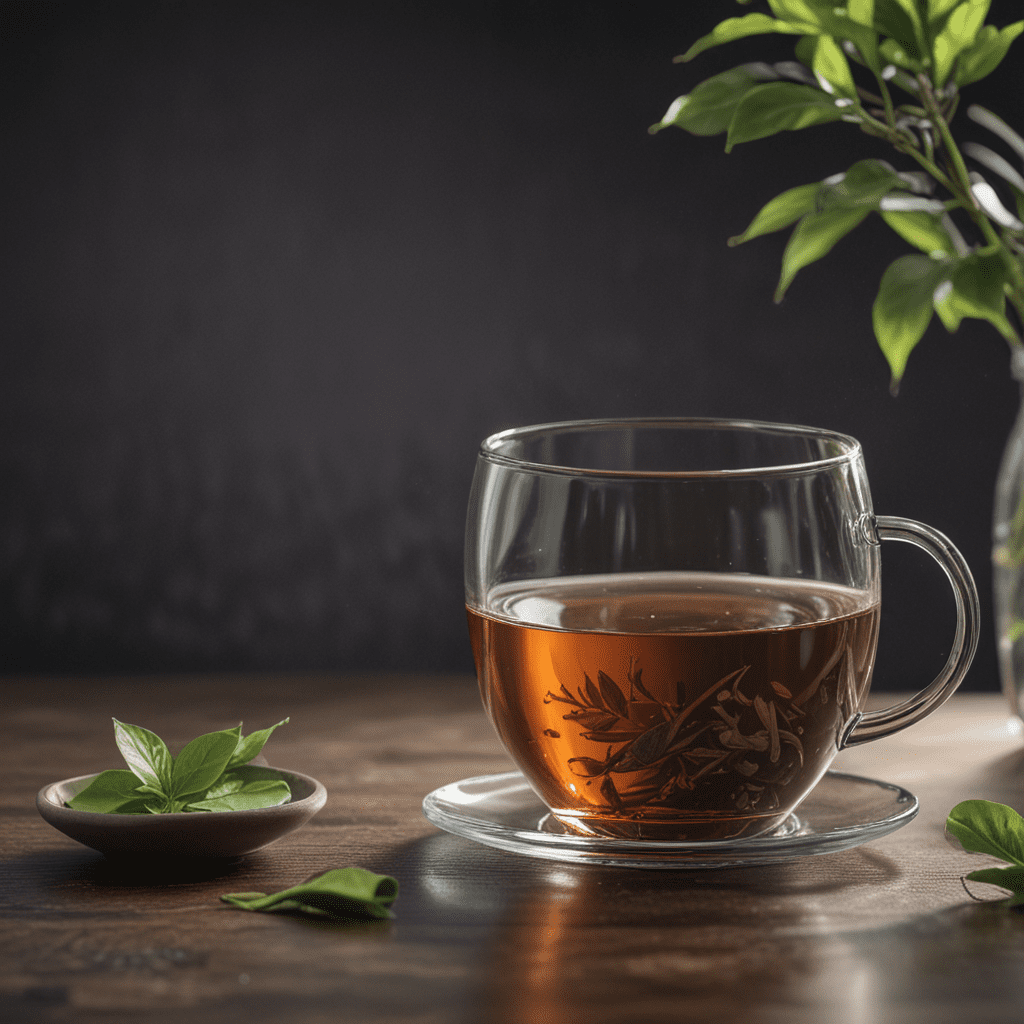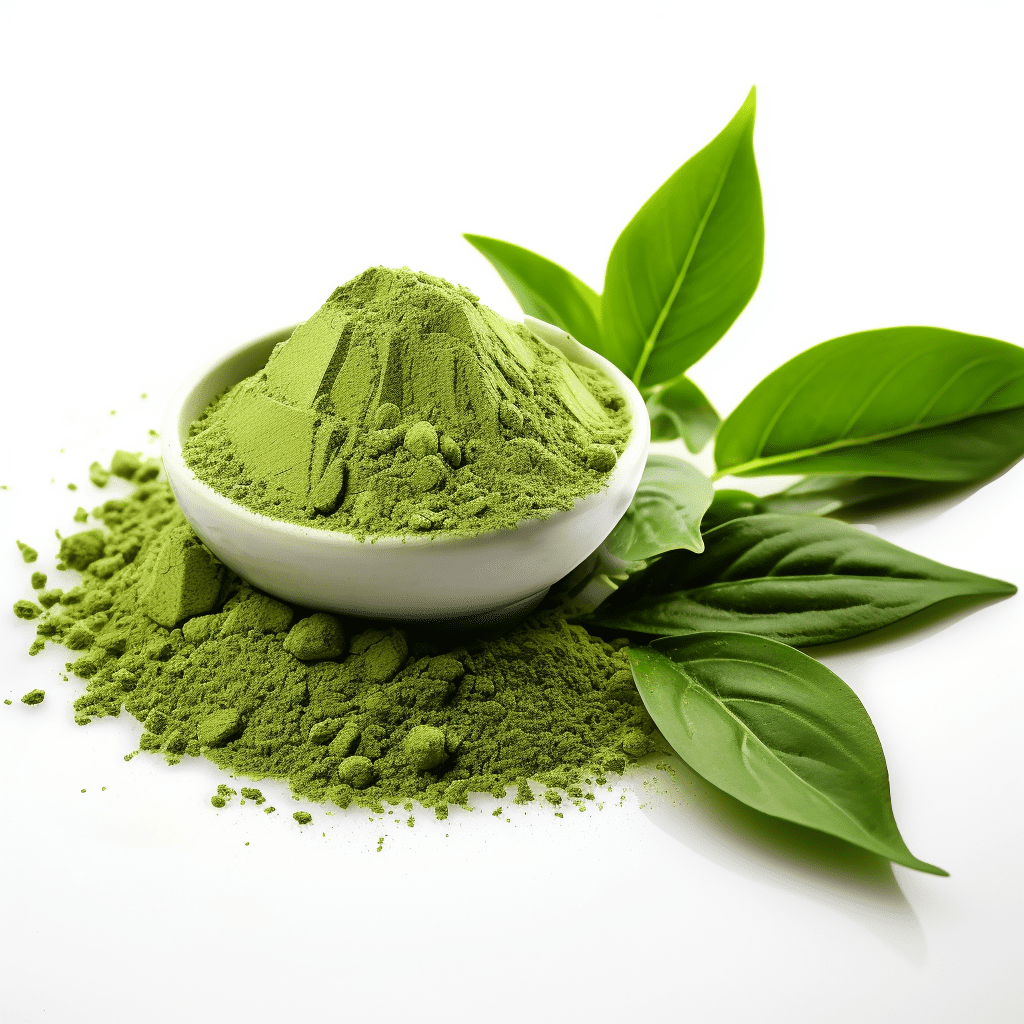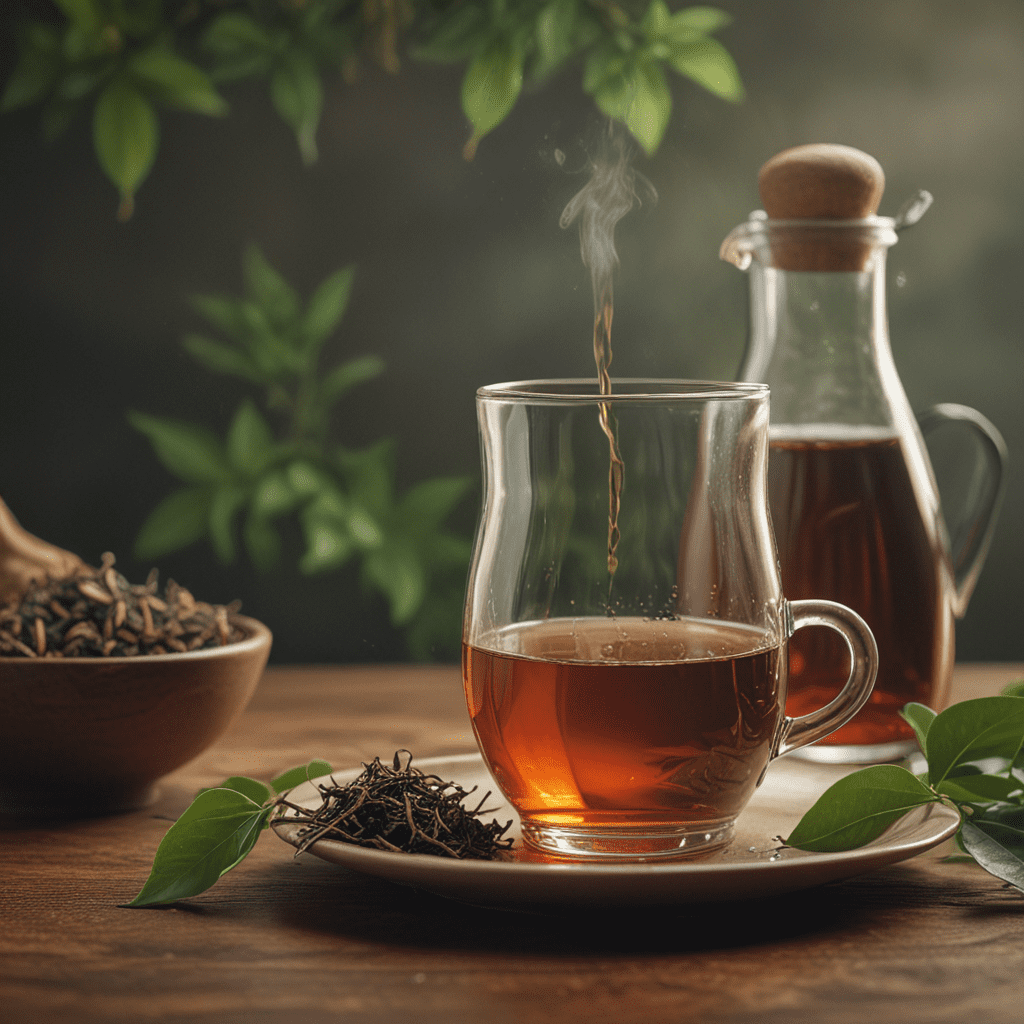
The Art of Tea Appreciation: Developing a Taste for Ceylon Tea
1. Introduction to Ceylon Tea: A Legacy of Flavor
Ceylon tea, renowned for its exquisite flavor and captivating aroma, holds a prominent position in the world of tea connoisseurship. Originating from the verdant hills of Sri Lanka, formerly known as Ceylon, this tea has captivated tea enthusiasts for centuries with its distinctive character and alluring complexities.
2. Understanding the Terroir: Climate, Soil, and Elevation
The unique flavor profile of Ceylon tea is intricately intertwined with the specific terroir of its origin. The tropical climate, characterized by ample rainfall and sunshine, provides an ideal environment for tea plants to flourish. The soil composition, rich in organic matter and minerals, further contributes to the tea's distinctive taste. Moreover, the varying elevations of the tea-growing regions impart subtle nuances to the tea's character, resulting in a diverse range of flavors and aromas.
3. The Process of Cultivation: From Bud to Leaf
The cultivation of Ceylon tea is meticulously managed to ensure optimal quality. Tea plants are carefully selected and nurtured, with each stage of growth closely monitored to preserve the tea's inherent characteristics. The tender tea buds and leaves are handpicked at the peak of their maturity, ensuring the capture of their delicate flavors and aromas.
4. Harvesting and Oxidation: Shaping the Flavor Profile
The harvested tea leaves undergo a crucial process of oxidation, which significantly influences their flavor profile. During this process, controlled exposure to air initiates enzymatic reactions that transform the leaves' chemical composition, resulting in the development of distinctive flavors and aromas. The extent of oxidation is carefully managed to achieve the desired balance of strength, body, and complexity.
5. Processing Methods: Orthodox, CTC, and More
Ceylon tea is processed using various methods, each imparting unique characteristics to the final product. The traditional Orthodox method involves rolling and oxidizing the tea leaves, resulting in a full-bodied tea with a distinct leaf structure. In contrast, the Crush, Tear, and Curl (CTC) method produces smaller, more compact tea particles, yielding a stronger, more robust brew. Additionally, other processing methods, such as the Japanese Matcha method, further diversify the range of Ceylon tea styles available.
6. Brewing Methods: Traditional, Western, and Variations
The art of tea appreciation extends beyond the tea itself to the brewing process. Ceylon tea offers a versatile canvas for exploration, with various brewing methods available to suit individual preferences and tastes. Traditional methods, such as the gong fu cha ceremony, involve meticulous attention to water temperature, steeping time, and serving rituals, allowing for a profound sensory experience. Western brewing methods, on the other hand, offer a more simplified approach, with tea bags or loose leaves steeped in hot water for a desired duration. Additionally, variations such as cold brewing and iced tea provide refreshing alternatives, highlighting the adaptability of Ceylon tea to diverse brewing styles.
7. Sensory Evaluation: Tasting Notes and Descriptors
The sensory evaluation of Ceylon tea is a journey of discovery, unraveling the intricate tapestry of flavors and aromas that define this exceptional beverage. Tea tasters employ a specialized vocabulary of tasting notes and descriptors to convey the nuances of each tea. Common descriptors include floral, fruity, earthy, spicy, and malty, with each note representing a specific flavor or aroma compound. By understanding these descriptors, tea enthusiasts can develop a refined palate, appreciating the subtle variations and complexities that distinguish different Ceylon teas.
8. Pairing with Cuisine: Exploring the Perfect Match
Ceylon tea is not only a delightful beverage but also a culinary companion that enhances the flavors of various dishes. The bold and robust character of certain Ceylon teas complements savory meals, such as roasted meats and spicy curries. Conversely, lighter and more delicate teas pair harmoniously with desserts and pastries, providing a refreshing contrast to their sweetness. Exploring the art of tea pairing involves experimentation and discovery, allowing tea enthusiasts to create memorable dining experiences that showcase the versatility of Ceylon tea.
9. Beyond the Cup: The Cultural Significance of Tea
The appreciation of Ceylon tea extends far beyond its taste and aroma, deeply intertwined with the cultural heritage of Sri Lanka. Tea plantations have played a pivotal role in the country's economy and society, shaping its landscape and contributing to its rich cultural tapestry. The ritual of tea drinking holds deep significance, fostering social connections and providing a moment of respite in the daily rhythm of life. By understanding the cultural context of Ceylon tea, tea enthusiasts gain a profound appreciation for its multifaceted nature.
10. Conclusion: Embracing the Art of Ceylon Tea Appreciation
The art of Ceylon tea appreciation is a journey of sensory exploration, cultural discovery, and personal connection. By delving into the intricacies of terroir, cultivation, processing, brewing, and sensory evaluation, tea enthusiasts can unlock the boundless pleasures that Ceylon tea offers. Whether savored in solitude or shared with companions, Ceylon tea invites us to slow down, appreciate the finer things in life, and cultivate a refined palate that delights in the subtleties of flavor and aroma. Embracing the art of Ceylon tea appreciation is a pursuit that enriches our lives, fostering a deeper connection to the world around us.
Frequently Asked Questions (FAQ)
What is the best way to store Ceylon tea?
Store Ceylon tea in an airtight container away from direct sunlight and moisture. This will preserve its freshness and flavor for an extended period.How long should Ceylon tea be steeped?
The ideal steeping time for Ceylon tea varies depending on the desired strength and type of tea. As a general rule, black teas should be steeped for 3-5 minutes, while green teas require a shorter steeping time of 2-3 minutes.What is the difference between Orthodox and CTC processed Ceylon tea?
Orthodox processed Ceylon tea involves rolling and oxidizing the tea leaves, resulting in a full-bodied tea with a distinct leaf structure. CTC processed Ceylon tea undergoes a mechanical cutting process, producing smaller, more compact tea particles that yield a stronger, more robust brew.
Can Ceylon tea be brewed cold?
Yes, Ceylon tea can be brewed cold using a refrigerator or a cold brew maker. Cold brewing produces a smooth, less bitter tea with a unique flavor profile.What are some popular culinary pairings for Ceylon tea?
Ceylon tea pairs well with a wide range of dishes, including roasted meats, spicy curries, desserts, and pastries. The bold flavors of black Ceylon teas complement savory dishes, while the lighter, more delicate teas enhance the sweetness of desserts.

